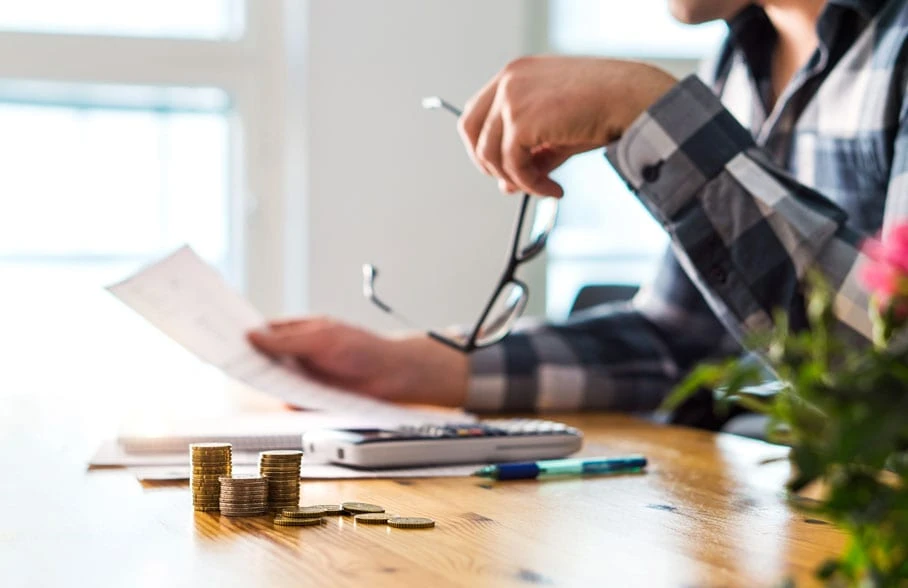Bankruptcy is a legal process that individuals or businesses undertake to address unmanageable debt.
The journey through bankruptcy is not straightforward and varies significantly depending on the type of debt involved.
Understanding how bankruptcy impacts different kinds of debt, such as student loans, credit cards, mortgages, and personal loans, is crucial for anyone considering this financial step.
Credit card debt is perhaps the most common reason people file for bankruptcy. Generally classified as unsecured debt, credit cards don’t tie to any physical asset like a house or car.
In bankruptcy, unsecured debts often receive the most significant relief. Under Chapter 7 bankruptcy, most credit card debts can be discharged, meaning they are wiped out, giving the filer a fresh start.
However, Chapter 13 bankruptcy reorganizes these debts, requiring repayment through a court-mandated plan, often with more favorable terms for the debtor.
Student loans represent a more complicated case in bankruptcy proceedings. Unlike credit card debt, student loans are not easily dischargeable.
Under current laws, discharging student loans in bankruptcy requires proving “undue hardship,” a condition that is notoriously difficult to demonstrate.
This typically involves showing that you cannot maintain a minimal standard of living while paying the debt, the situation will persist for a significant part of the repayment period, and that you’ve made good faith efforts to repay the loans.
Although challenging, it’s not impossible, and recent legal cases have seen some shifts in how courts interpret undue hardship.
Mortgages are secured debts, meaning they are tied to a physical asset – your home. In Chapter 7 bankruptcy, if you are behind on mortgage payments, you might still lose your home because bankruptcy doesn’t automatically eliminate the right of mortgage holders to foreclose.
However, if you are current on your payments, you may keep your home by continuing to make payments.
Chapter 13 offers more protection for homeowners. It allows debtors to catch up on overdue payments over time and can sometimes strip off wholly unsecured junior liens (like some second or third mortgages).

Dealing with bankruptcy doesn’t have to be a single-person job. The bankruptcy lawyers at Parker & DuFresne will help you determine the best course of action to help you get out from under your debt and move forward to a debt-free future.
Call today at 904-733-7766 for a free consultation, or click the button at the top of the page to schedule online.

Parker and DuFresne
